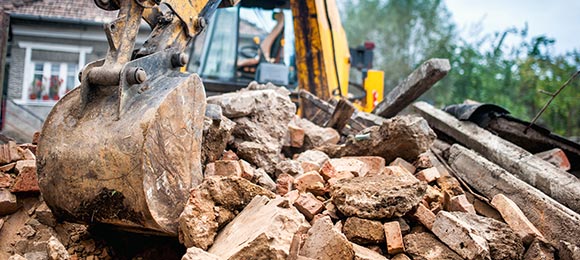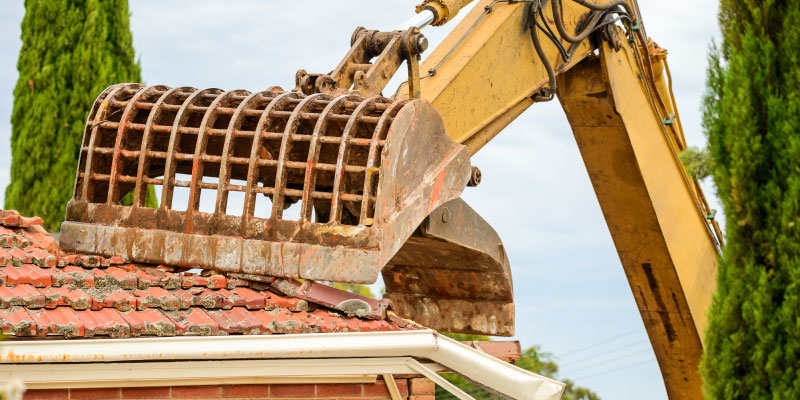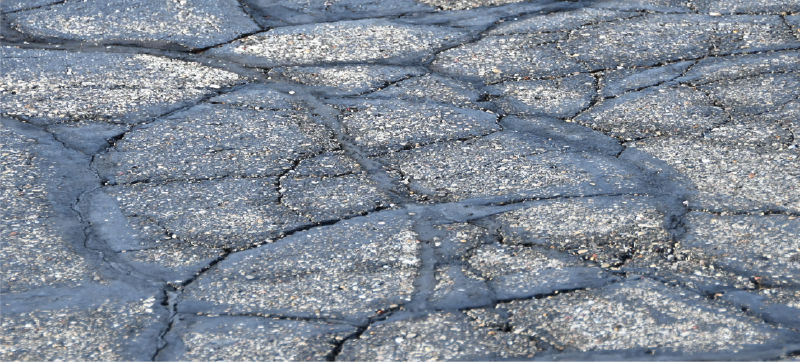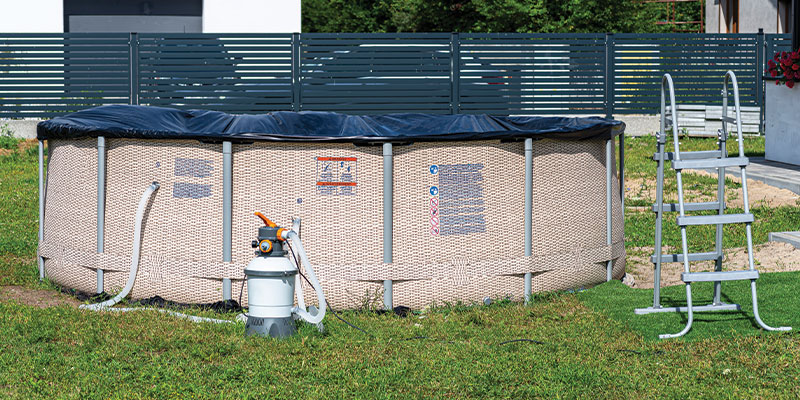
Updated August 17, 2023
Above ground pools provide endless hours of fun, but there may come a time when you decide it's time for a change.
Whether you're looking to reclaim your backyard space or upgrade to a different pool type, above ground pool removal is a task that requires careful planning, proper techniques, and adherence to safety guidelines.
In this in-depth guide, we'll walk you through the step-by-step process of above ground pool removal, covering everything from preparation to site restoration, so you know what to expect.
Above Ground Pool Removal Steps:
- Preparation
- Draining the Pool
- Demolition
- Site Restoration
- Debris Removal
- Post-Removal Considerations
Find above ground pool removal near you
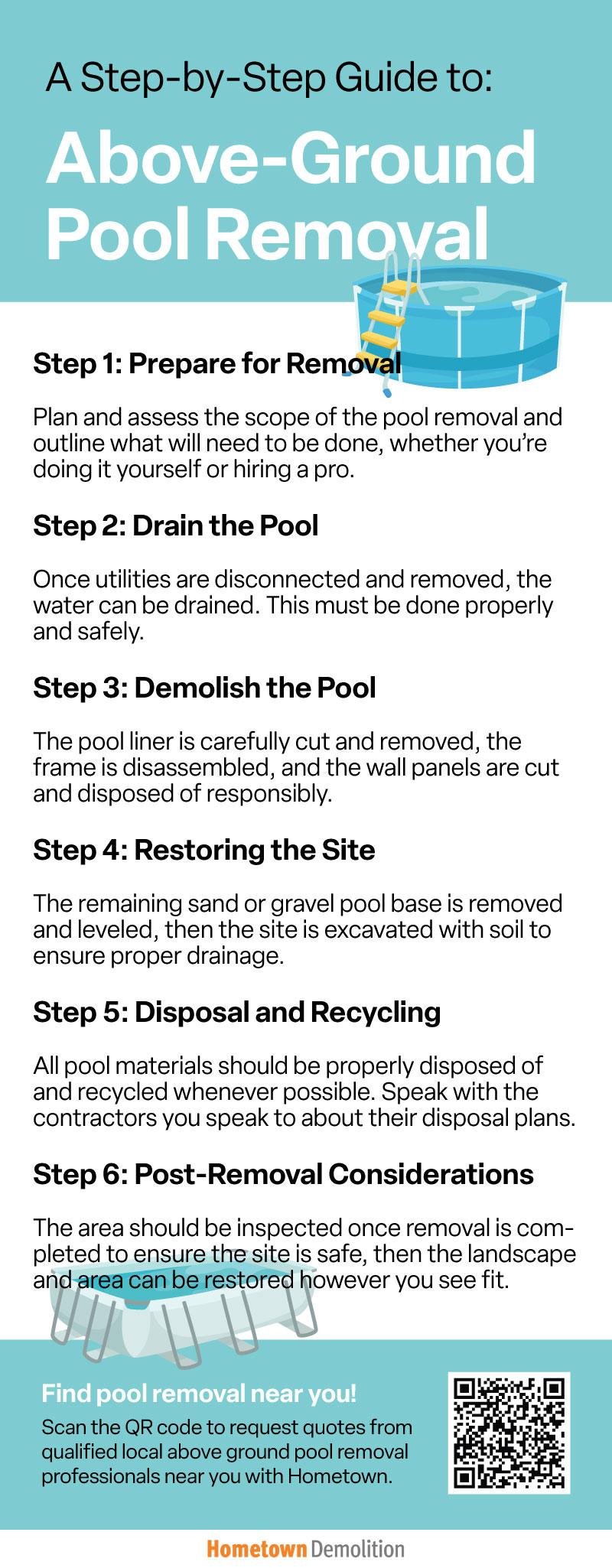
Step 1: Preparing for Above Ground Pool Removal
Assessment and Planning
Evaluate the scope of the pool removal project. Determine if you'll be handling the removal as a DIY project or hiring professionals. Regardless of what you decide, create a detailed plan that outlines the sequence of tasks and any necessary permits that will need to be pulled to do the work.
If you don't have experience in this type of project, we strongly recommend hiring a professional to handle it. Professional above ground pool removal services are more efficient, safer, and more accurate, meaning surrounding property doesn't get damaged and you save valuable time.
Learn more:
- Above Ground Pool Removal Cost Guide: Pricing Details You Should Know
- Benefits of Removing a Swimming Pool: Why It's an Option Worth Considering
Gather Materials and Equipment
Though the pool's size and construction can affect the tools used to dismantle and remove it, the most common tools used for the job include:
- Reciprocating saw
- Pry bar(s)
- Bolt cutters
- Shovel
- Safety gear
- Dumpster
In addition to requiring the experience and strength necessary to handle an above ground pool removal, you'll also need all of the above equipment, which can become costly if you don't already own them, as well as any necessary permits.
Notify Utilities and Observe Regulations
Before breaking ground, local utility companies will need to be notified so underground lines can be marked. Check local regulations or building codes related to pool removal, permits, and waste disposal to be sure all regulations are followed.
A qualified above ground pool removal professional will be aware of all local and state laws related to above ground pool removals and will have no issue pulling the necessary permit(s). When reaching out to companies for a quote, be sure to ask them if they will handle the pulling of permits.
Step 2: Draining the Pool
Disconnect Utilities
If your pool has utilities like pumps and filters, they will be disconnected and removed according to manufacturer instructions.
Drain the Water
Then, using a submersible pump, the pool water is drained properly and safely. The water must be directed away from the pool area to prevent erosion or flooding, but there's more to it than that.
Pool water cannot be drained into streets, curbs, catch basins, gutters, ditches, channels, or storm drains, which flow directly into local waterways. Storm drains are intended to allow water from the streets to flow away quickly, guarding against flooding and water damage. Because pool water contains pollutants, like chlorine, salt, and other chemicals, they can pose an environmental threat and a threat to public safety, seriously degrading the local water quality, if allowed into the stormwater and waterway system.
Step 3: Demolishing the Pool Structure
Remove the Liner
Next, the pool liner is cut and removed carefully. Dispose of it according to local regulations.
Disassemble the Frame
Then, the pool frame and supports are taken apart. Depending on the pool type, this may involve removing bolts, screws, or cutting metal components.
Cutting and Disposing of the Wall Panels
The wall panels will then need to be cut and dismantled using the appropriate tools. This work must be done methodically and safely to avoid injury. Dispose of the panels responsibly.
Find out more:
- The Homeowner's Guide to Swimming Pool Demolition and Removal
- Swimming Pool Removal FAQs: Quick Answers to Common Questions
Step 4: Dealing with the Pool Base and Site Restoration
Excavation
The remaining sand, gravel, or other materials that form the pool base are then removed. The ground is leveled to match the surrounding area.
Site Grading and Restoration
The excavated area is excavated with soil, ensuring proper drainage away from structures. Then, the soil is compacted to create a stable surface.
Step 5: Waste Disposal and Recycling
Debris Disposal
All pool materials, including metal, plastic, and other debris, must be properly disposed of. If hiring professionals, ensure they have a plan for responsible waste disposal prior to hiring them.
Recycling
If possible, materials like metal and plastics should be recycled to minimize environmental impact. Speak to the companies you get quotes from about whether or not they prioritize recycling when disposing of pool materials.
Step 6: Finalizing and Post-Removal Considerations
Inspection
Next, the area is thoroughly inspected to ensure all pool components have been removed and the site is safe.
Landscape Restoration
Consider landscaping options for the area, such as planting grass, installing pavers, or creating a garden.
Pool Reuse or Replacement
If you plan to install a new pool or repurpose the area, prepare for the next phase of your backyard project.
Keep reading:
- Should I Upgrade My Pool or Remove It?
- 7 Ways to Freshen Up Your Backyard
- Chlorine vs Salt Water: Which Type of Pool Is Best?
In Conclusion
Above ground pool removal is a significant project that requires careful planning, appropriate tools, and adherence to safety guidelines.
If you don't have experience in this type of project, we recommend hiring a professional to handle it due to the efficiency, safety, and accuracy their services offer. Hometown makes it easy to find qualified local contractors, request multiple free quotes with the click of a button so you can compare and contrast services and pricing, and get answers to common above ground pool removal questions.
However, whether you choose to handle it as a DIY project or hire professionals, following these step-by-step instructions will help ensure a successful and seamless removal process.
As you transform your backyard, remember that proper waste disposal and site restoration contribute to a cleaner, safer, and more enjoyable outdoor space.
